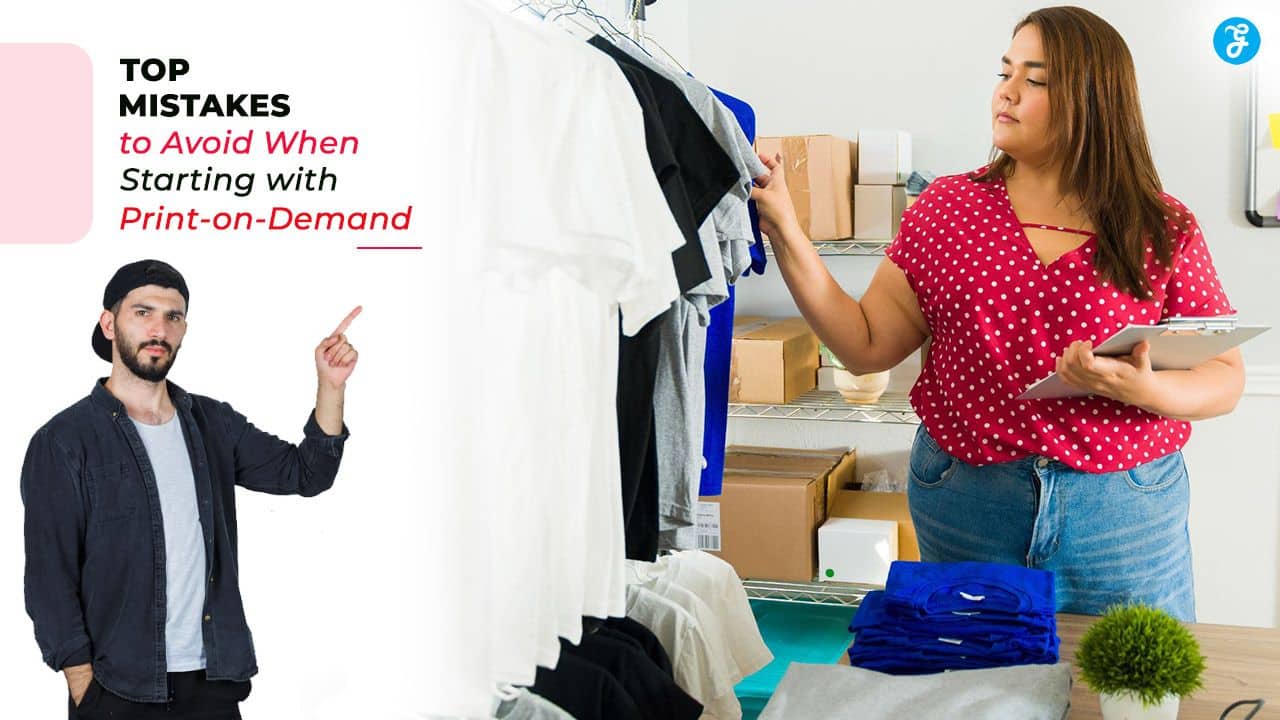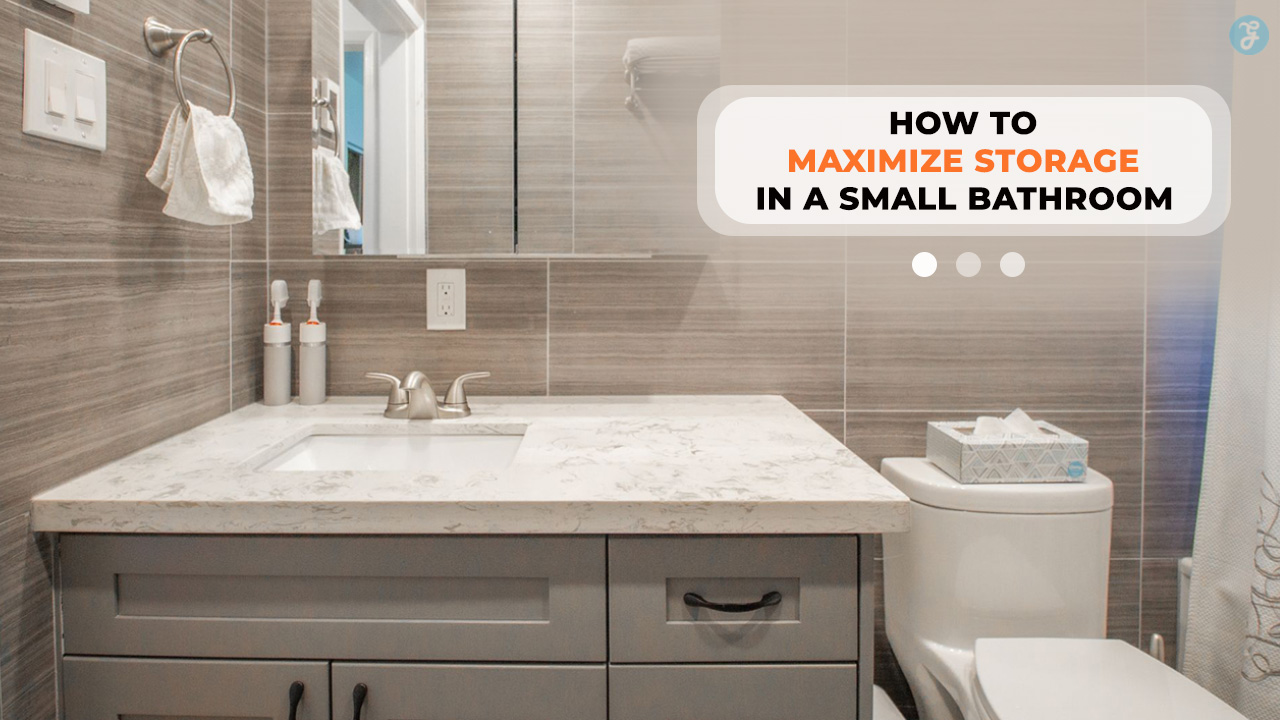Print-on-demand (POD) is one of the most accessible ways to start an online business today. With minimal upfront costs and no need for inventory storage, it’s an attractive option for entrepreneurs. However, like any business model, POD comes with challenges. Many beginners make costly mistakes that hinder their success.
This article explores the top five Print-on-Demand Mistakes to avoid when starting your journey and provides actionable tips to build a thriving business.
1. Choosing the Wrong Niche
Why It’s a Problem:
Selecting a niche is one of the most critical steps in starting a POD business. A common mistake is choosing a niche that is either oversaturated or lacks demand. Beginners often pick niches based solely on personal interests without researching their market potential. This can lead to low sales and wasted efforts.
How to Avoid It:
- Conduct market research using tools like Google Trends, Etsy, or Amazon to identify trending and profitable niches.
- Focus on a specific audience with clear interests and needs.
- Analyze the competition to ensure your niche isn’t overly crowded.
Quick Niche Research Comparison Table:
|
Tool |
Purpose |
Free/Paid |
| Google Trends | Tracks search trends for niche keywords | Free |
| Etsy | Identifies popular products and niches | Free |
| Jungle Scout | Researches demand on Amazon | Paid |
Pro Tip: Engage with niche-specific communities on platforms like Reddit or Facebook Groups to gain insights into what potential customers are looking for. This can help you refine your niche.
2. Ignoring Product Quality
Why It’s a Problem:
Many POD entrepreneurs focus solely on creating eye-catching designs but overlook the quality of the actual product. Poor-quality items lead to negative reviews, returns, and a damaged reputation.
How to Avoid It:
- Order product samples from your POD provider to evaluate their quality.
- Choose suppliers known for high standards, such as Printful or Printify.
- Test your designs on different materials and product types before launching.
Product Quality Comparison Table:
| Supplier | Key Features | Quality Rating (1-5) |
| Printful | Wide product range, premium quality | 5 |
| Printify | Flexible pricing, multiple suppliers | 4 |
| Teespring | User-friendly platform | 3.5 |
Additional Tip: Consider customer reviews of suppliers before committing to a partnership. Look for consistency in product quality, delivery speed, and customer service.
3. Poor Pricing Strategy
Why It’s a Problem:
Pricing can make or break your POD business. Setting prices too high may drive customers away, while pricing too low can hurt your profit margins. Many beginners fail to calculate costs properly, including production, shipping, and marketing expenses.
How to Avoid It:
- Use a pricing formula that accounts for all expenses and desired profit margins.
- Research competitor pricing within your niche to set competitive rates.
- Adjust your pricing based on seasonal trends and demand.
Example Pricing Formula:
| Expense Type | Amount ($) |
| Production Cost | 10 |
| Shipping Cost | 5 |
| Marketing Expense | 3 |
| Desired Profit | 7 |
| Final Price | 25 |
Insights: Periodically review your pricing strategy to adapt to changes in costs or market trends. Offer limited-time discounts to attract first-time buyers and increase sales volume.
4. Neglecting Marketing and Branding
Why It’s a Problem:
Many beginners assume that listing their products on a POD platform will automatically generate sales. However, without a strong marketing strategy, your products are unlikely to reach the right audience.
How to Avoid It:
- Invest in digital marketing strategies like social media ads, influencer collaborations, and email campaigns.
- Build a strong brand identity with a memorable logo, consistent color palette, and cohesive messaging.
- Use platforms like Instagram and Pinterest to showcase your designs and drive traffic to your store.
Marketing Budget Allocation Table:
| Marketing Channel | Recommended Budget (%) |
| Social Media Ads | 50% |
| Influencer Marketing | 20% |
| Email Campaigns | 15% |
| Content Marketing | 15% |
Bonus Tip: Create engaging content like tutorials, behind-the-scenes videos, or customer testimonials to build trust and encourage word-of-mouth marketing.
5. Not Testing and Analyzing Performance
Why It’s a Problem:
Launching a POD store without analyzing performance metrics is like driving blind. Beginners often fail to track their store’s data, leading to missed opportunities for improvement.
How to Avoid It:
- Use analytics tools like Google Analytics, Facebook Pixel, or Shopify’s built-in dashboard to monitor traffic, conversion rates, and sales.
- Test different designs, product types, and marketing strategies to see what works best.
- Continuously optimize your store based on customer feedback and performance data.
Key Metrics to Track:
|
Metric |
Importance |
| Conversion Rate | Measures the percentage of visitors who make a purchase |
| Cart Abandonment | Tracks users who add items but don’t complete the purchase |
| Average Order Value | Calculates the average spend per customer |
Pro Insight: Use A/B testing to experiment with various website layouts, product descriptions, and ad campaigns. Small changes can lead to significant improvements in sales.
Takeaway
Starting a print-on-demand business is an exciting venture, but it’s essential to avoid these common mistakes. By choosing the right niche, prioritizing product quality, setting competitive prices, focusing on marketing and branding, and analyzing performance metrics, you can set yourself up for success. Remember, the POD industry rewards those who are willing to research, adapt, and deliver value to their customers.










































